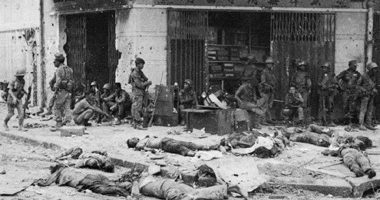
Rush hour is a daily ordeal, a gauntlet thrown down by urban existence. It is a time when the open road, a symbol of freedom, transforms into a congested, serpentine nightmare. The once-fluid asphalt becomes a parking lot in motion, a claustrophobic ballet of honking horns and overly impatient drivers.
Beyond the physical inconvenience, rush hour is a psychological battleground. Patience, a virtue often lauded, is tested to its absolute limits. Road rage, a beast lurking beneath the surface, is easily unleashed. The daily commute, intended as a simple transfer from home to work, becomes a crucible of stress and frustration. Yet, despite its challenges, rush hour is a shared experience, a universal bond among city dwellers. In its monotony and meanness there is a strange solidarity.
It is a time when the human condition is laid bare. We see the best and worst of humanity: the kindness of a driver who lets you merge, the rage of one who cuts you off. It is a microcosm of society, a daily drama played out on asphalt stages. We are all actors in this involuntary theater, performing roles we never volunteered for.
Rush hour is also a study in contrasts. The city, a vibrant, pulsating organism during the day, becomes a paralyzed giant. The same streets that buzz with life and energy now crawl with frustration. The once-proud vehicles, symbols of personal freedom, are reduced to metallic snails.
And so, we endure. We become experts at navigating this daily labyrinth, developing coping mechanisms as varied as the individuals who engage in it. We listen to podcasts, daydream, or simply grit our teeth and bear it. In the end, rush hour is more than just a traffic jam; it’s a rite of passage for the urban dweller, a test of endurance, and a daily reminder of the complexities of modern life.
–30–





